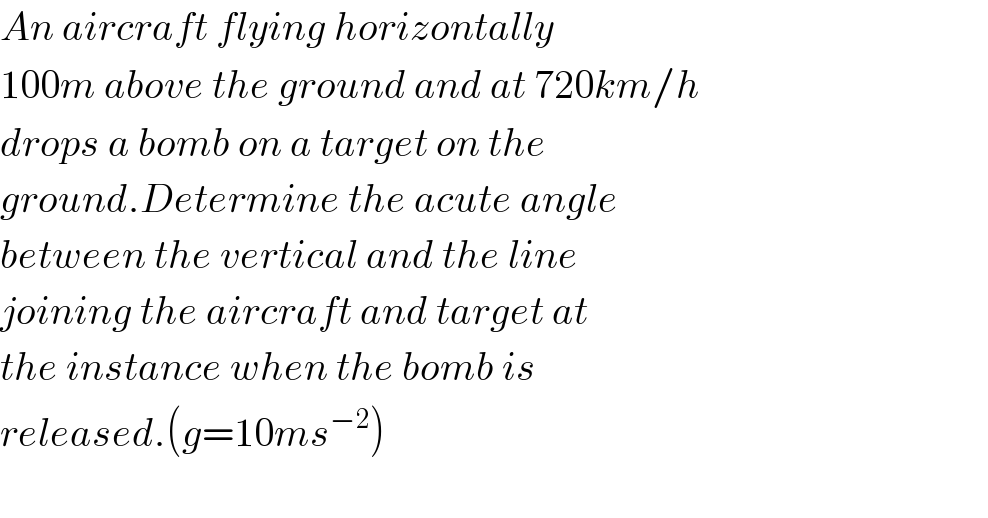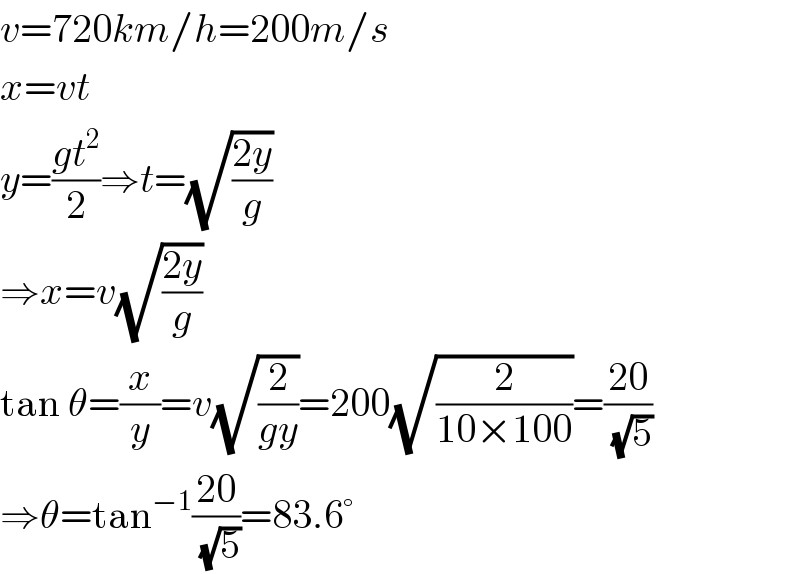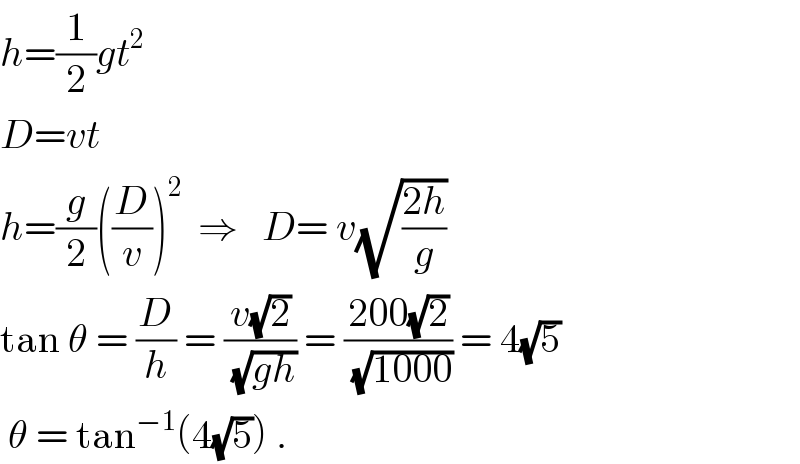
Question and Answers Forum
Question Number 47333 by Necxx last updated on 08/Nov/18

Answered by MrW3 last updated on 08/Nov/18

Commented by Necxx last updated on 08/Nov/18

Commented by MrW3 last updated on 08/Nov/18

Answered by ajfour last updated on 08/Nov/18

